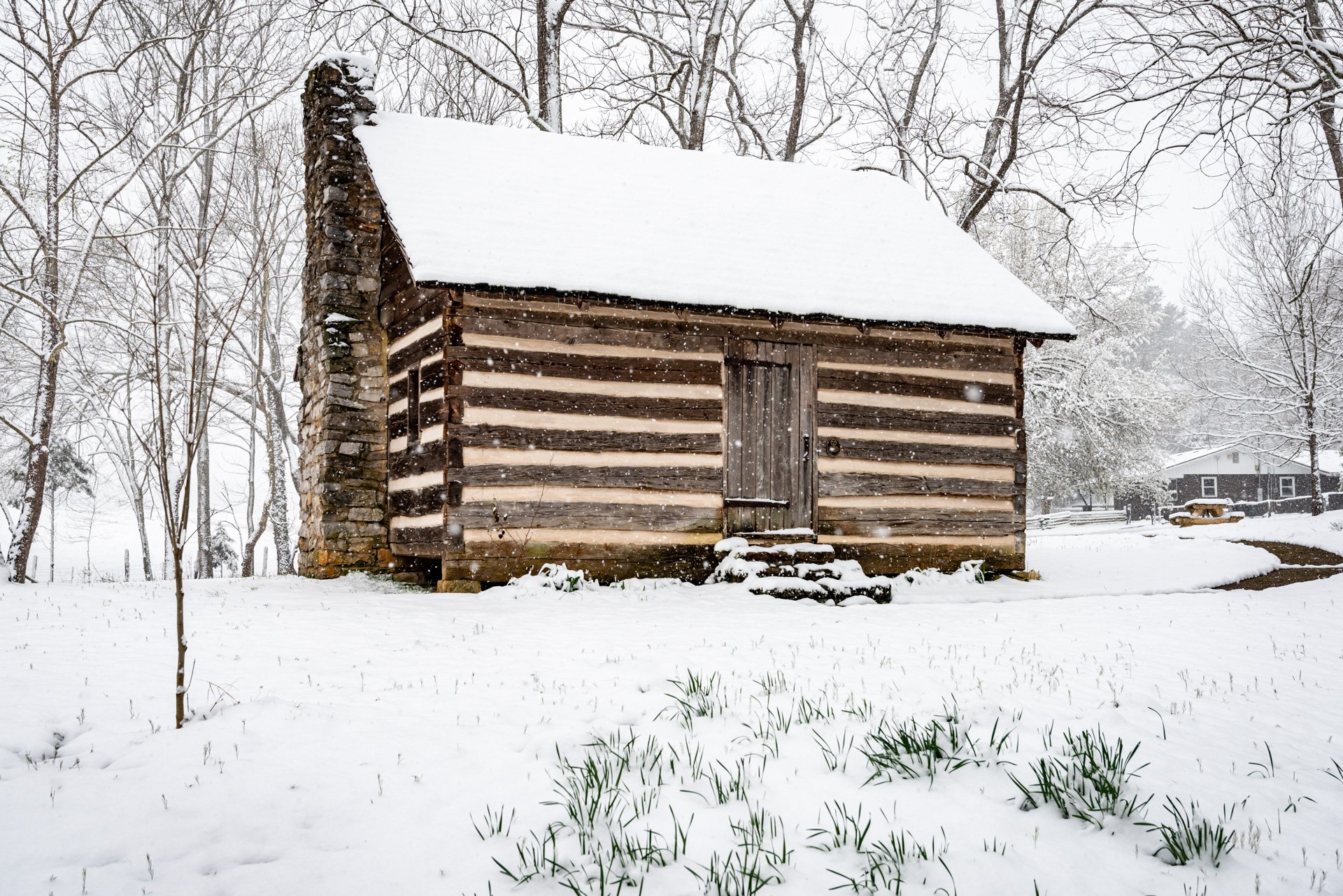Sam Houston Moved On, but a Founding Family Preserved the Legacy of His Schoolhouse
A humble log structure in eastern Blount County is enshrined as the site where one of the most remarkable Americans of the early 19th century took an early career job as a schoolteacher.
Sam Houston regarded his experience as a frontier educator as one of the most rewarding in a life that included war hero status and election as both governor and senator for two of the United States, an unequaled political feat.
The schoolhouse named for Houston had its beginnings when a Revolutionary War veteran, Andrew Kennedy, arrived in Blount County in 1792. The East Tennessee region was at the edge of the American west and the pioneers who settled the area had to make do with many things, among them providing an education for their children. Teaching children to read, write and cypher was an American value, even on the wild frontier.
According to Kennedy family tradition, Andrew Kennedy joined with neighbors to erect a structure for a schoolhouse in 1794 on land that likely belonged to neighbor Henry McCulloch. The site was somewhat off the beaten track but was served by a healthy spring and was probably a central point for nearby families.
Around 1811 the teacher position opened for the school, and young Sam Houston, who had been a reluctant student himself but self-taught in things that interested him, agreed to take the job to settle a debt he incurred purchasing trinkets for local Cherokees, who had more or less adopted him during his wayward periods.
Houston’s tenure didn’t last long, with two terms in 1811-12 or one in 1812, depending on the source. He joined the army, where he distinguished himself and became a favorite of Andrew Jackson, thus catalyzing his political career. His teaching days were forever behind him.
But not forgotten. Charles Kennedy, who died in 1956, made it a mission to preserve family memories, including those of his father, Alexander, and various elders. Although no definite proof exists in the sketchy early records that the Kennedy-McCulloch structure was Houston’s school, no similar structures were recorded in the area and there have been no rival claims.
Historians find it reasonable that the Kennedy tradition of the Sam Houston Schoolhouse is sufficiently accurate.
Over time education in the region progressed beyond the suitability of a log cabin, although the Kennedy-McCullough structure was listed in the county school system as late as the 1870s. It was sometimes known as the Brakebill school — Revolutionary War veteran Peter Brakebill and several family members are buried in a cemetery a few miles away. Following its retirement as a school the building was put to use as a dwelling, church and farm outbuilding, with additions of a bedroom and siding.
Over time Houston’s stature and fame were sufficient enough for Blount Countians to claim him as a native son, and a move to restore the schoolhouse, supported by the Kennedy family’s and others’ memories, began in the 1930s. A local group met in 1941 to develop plans for a schoolhouse monument, and in 1943 the state legislature created the Sam Houston Memorial Association. In 1945 the state bought the schoolhouse with five acres to create a historic site.
Not much happened immediately afterward except some removal of weatherboarding and additions, and the building nearly collapsed before a reconstruction began in 1954. The building was disassembled and rebuilt, with some original wood surviving for reuse. Authenticity of the original reconstruction has been enhanced in subsequent years. Construction of the visitor center began in 1961, and by 1972 the Sam Houston Schoolhouse was recognized as a National Historic Site and listed in the National Register of Historic Places.
Today the Tennessee Historical Commission site enjoys visitors from across the country and is often bustling with school groups, a reflection of Sam Houston’s first steps toward becoming an American icon and the current historic site’s mission of education, just as it was in its frontier schoolhouse days.
Source: Houston and Crockett: Heroes of Tennessee and Texas, an Anthology. 1986, Tennessee Historical Commission. Article, pp. 24-39, “The Sam Houston Schoolhouse: A Mirror of the Changing Past,” by Stephen V. Ash

